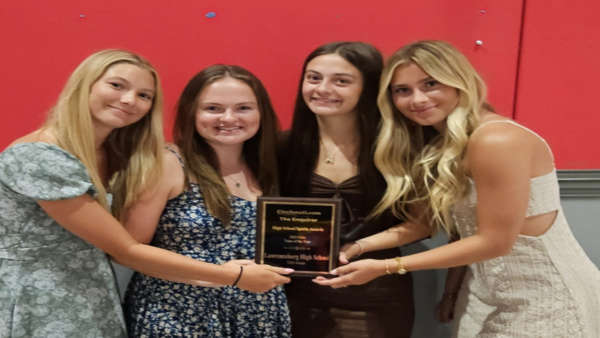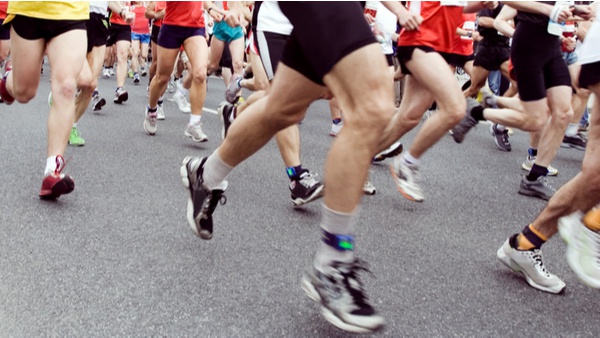Under Phase II, contact would be allowed at practices.

(Indianapolis, Ind.) – The State of Indiana is staying in Stage 4.5 of the Back on Track Plan for at least the next couple of weeks, but what does that mean for high school sports?
The Indiana High School Athletic Association is set to begin Phase II of its Return to Play Plan on Monday, July 20.
Currently, high school athletes have returned to team facilities to resume summer workouts, including conditioning, weight-lifting and individual drills. All being done with no contact and social distancing in place. Gathering sizes being kept to a minimum.
Under Phase II, contact would be allowed as defined by the IHSAA. Free weight exercises requiring a spotter can be conducted and locker rooms or meeting rooms can be utilized at 50 percent capacity.
No formal competition will be allowed during Phase II with the exception of girls golf.
If all goes well, Phase III of the plan would go into effect on August 15, allowing for competition to resume.
Everything is subject to change, but as of right now fall sports are expected to start as planned.
Additionally, the National Federation of State High School Associations (NFHS) and the American Medical Society for Sports Medicine (AMSSM) issued guidance last week for assessing potential cardiac issues in high school student-athletes with COVID-19 infection.
“COVID-19 has raised many concerns regarding the health and safety of athletes,” said Jonathan Drezner, M.D., director of the University of Washington Medicine Center for Sports Cardiology, past president of the AMSSM and co-chair of the NFHS-AMSSM task force. “The risk of heart and lung involvement is likely related to the severity of the illness. This guidance statement addresses important cardiac considerations and the suggested evaluation of high school student-athletes with past or new COVID-19.”
Before returning to sports participation this fall, the NFHS-AMSSM Guidance Statement suggests that student-athletes complete a COVID-19 questionnaire. Any positive response should trigger an evaluation by a medical provider.
The task force suggests the following for any student-athlete who have had a previous COVID-19 related illness:
- Student-athletes with a prior confirmed COVID-19 diagnosis should undergo an evaluation by their medical provider. Written medical clearance is recommended prior to participation.
- Student-athletes who had mild COVID-19 symptoms that were managed at home should be seen by their medical provider for any persisting symptoms. An electrocardiogram (ECG) may be considered prior to sports participation.
- Student-athletes who were hospitalized with severe illness from COVID-19 have a higher risk for heart or lung complications. A comprehensive cardiac evaluation is recommended in consultation with a cardiology specialist.
- Student-athletes with ongoing symptoms from diagnosed COVID-19 illness require a comprehensive evaluation to exclude heart and lung disorders that carry a risk of arrhythmia, respiratory compromise, sudden cardiac arrest (SCA) or sudden death. These individuals should not return to sports until medically cleared by a physician.
- In addition, student-athletes should be evaluated by their medical provider if they have had close contact with family members with confirmed COVID-19 cases, if they have underlying medical conditions that place them at a higher risk of COVID-19 or if they had previous symptoms suggestive of COVID-19.
The task force also suggests that schools develop a daily tracking tool and set up an emergency action plan for every sport.
Learn more at nfhs.org.

 Freudenfest Twister Lauf 5K Supports OA Student Athletes
Freudenfest Twister Lauf 5K Supports OA Student Athletes
 Area Volleyball Teams Earn 2024-25 Team Academic Award
Area Volleyball Teams Earn 2024-25 Team Academic Award
 Lawrenceburg Girls Soccer Wins Team of the Year Award
Lawrenceburg Girls Soccer Wins Team of the Year Award
 First of Six SIRC Races Happens June 28 in Rushville
First of Six SIRC Races Happens June 28 in Rushville













